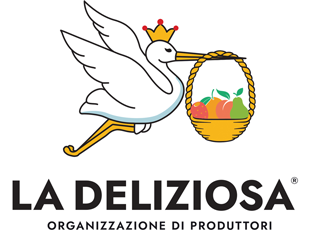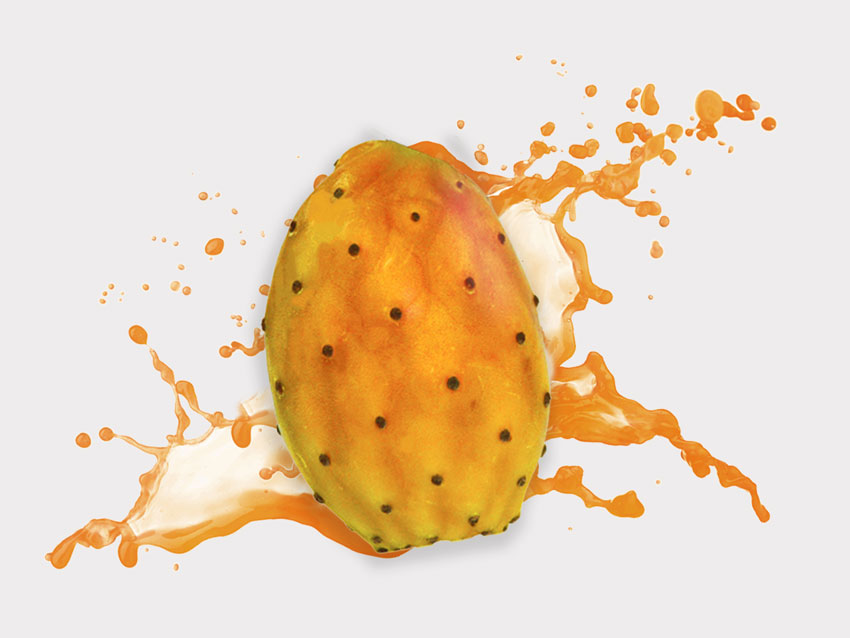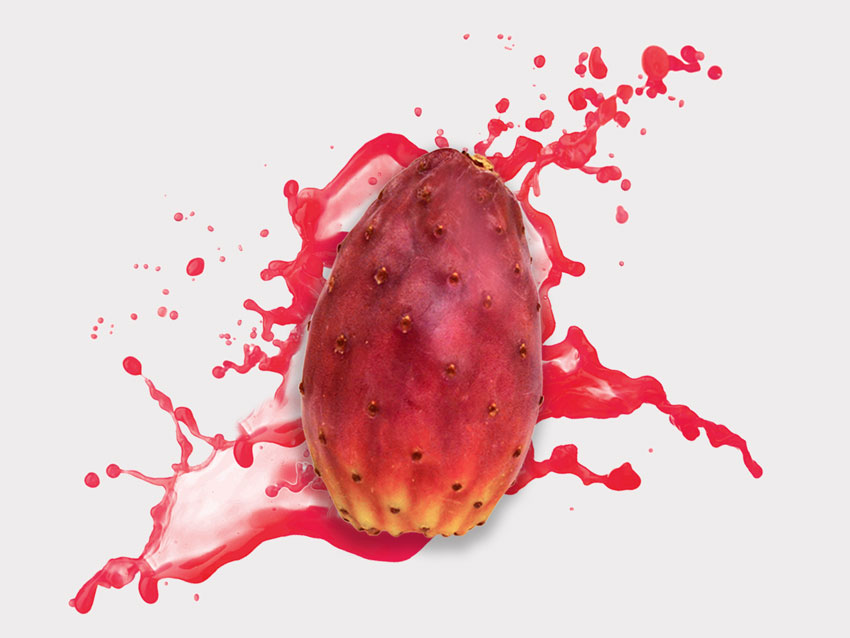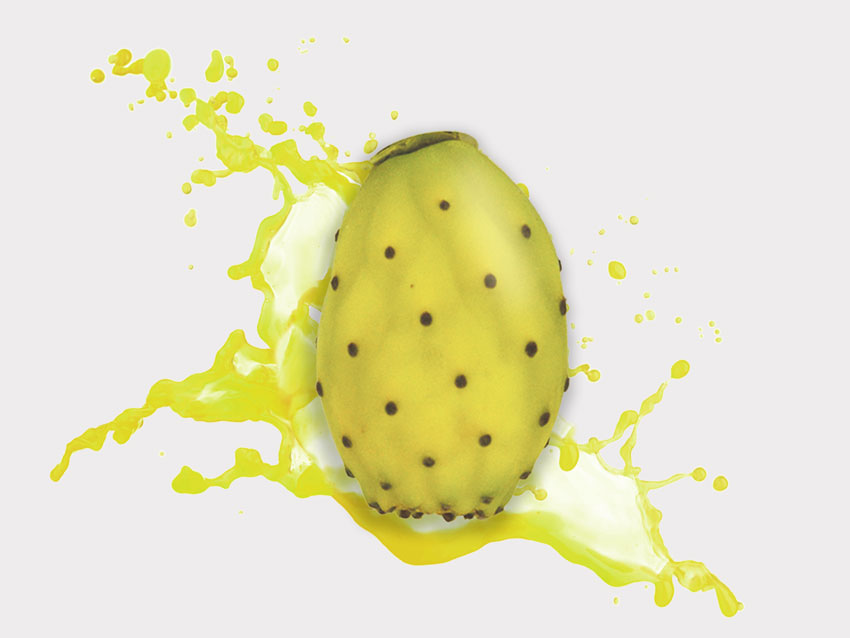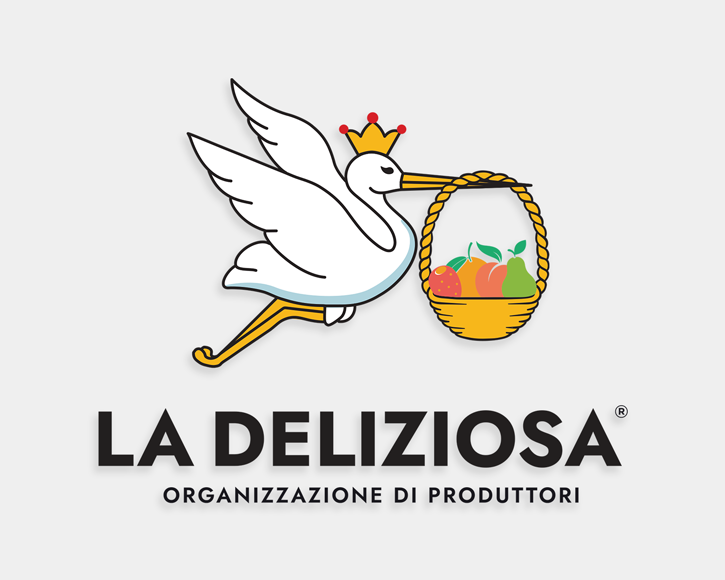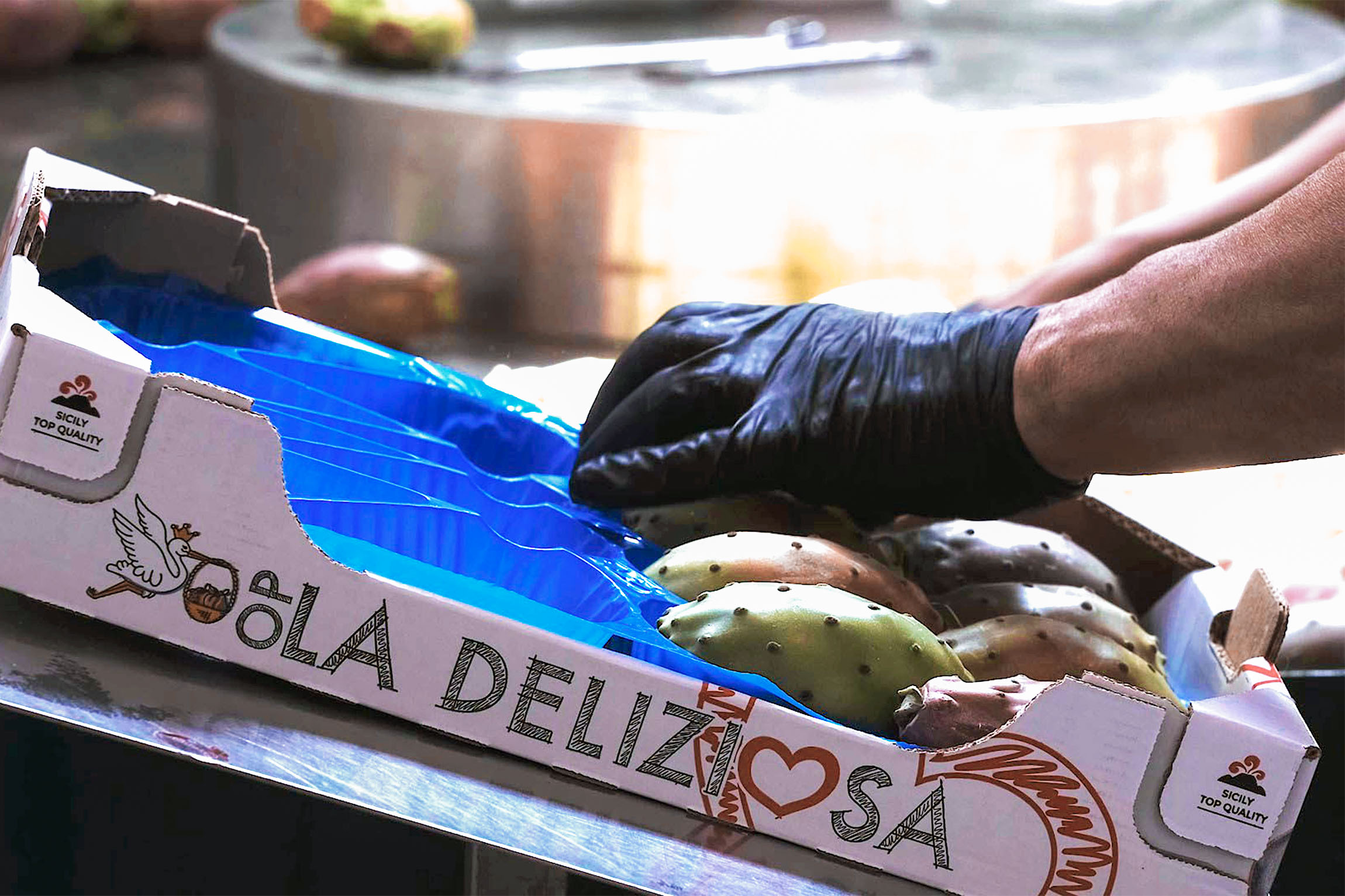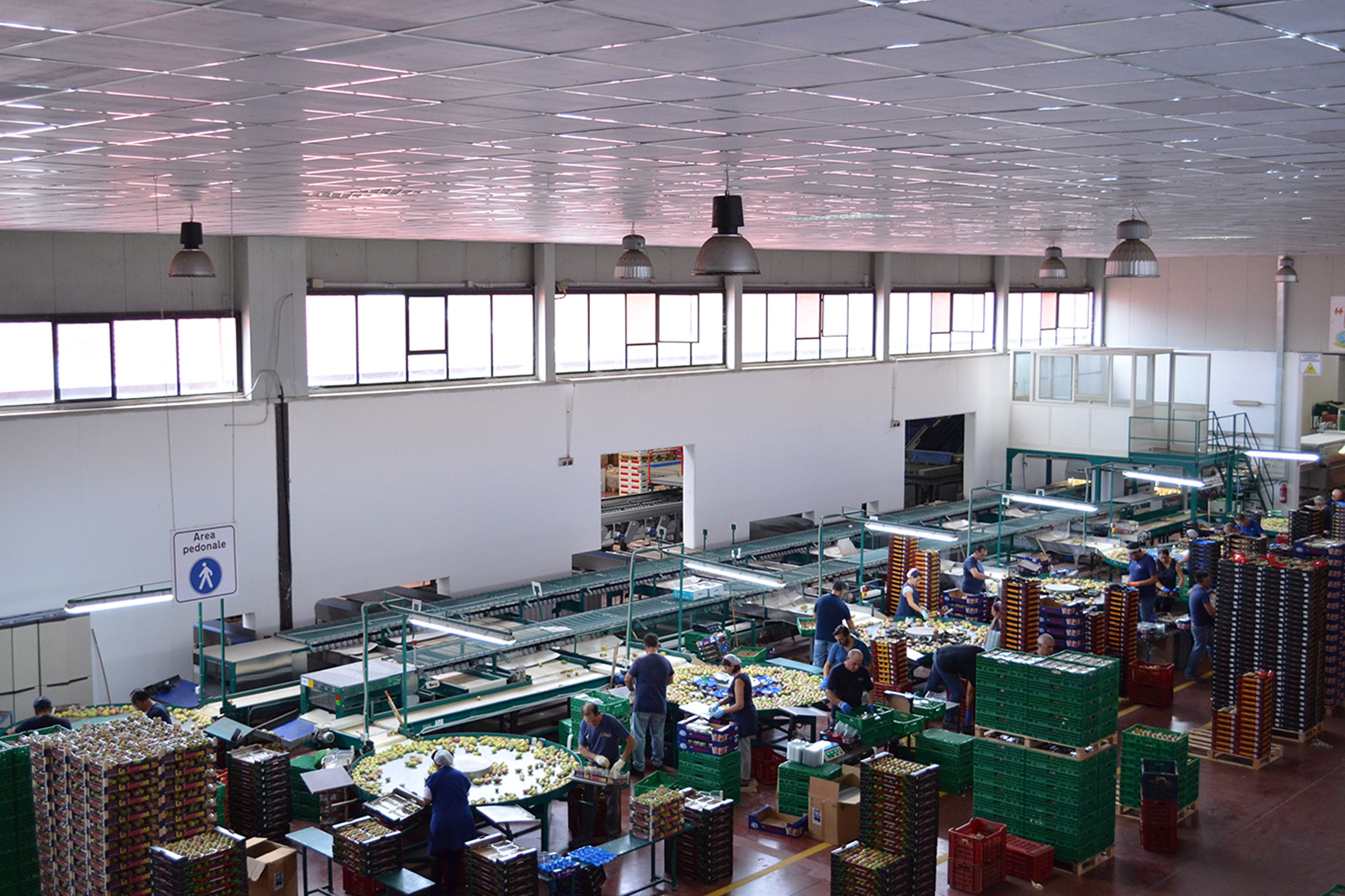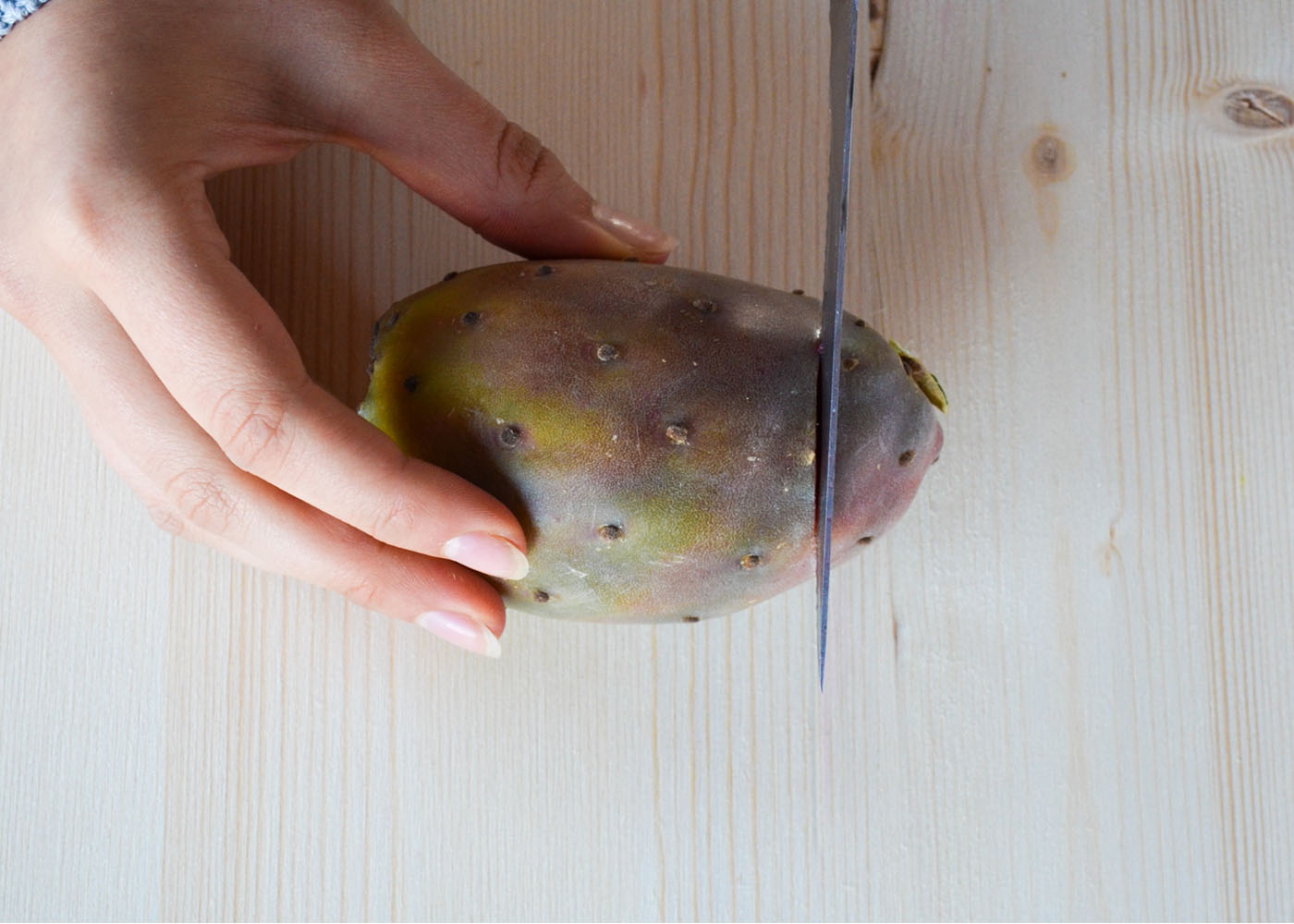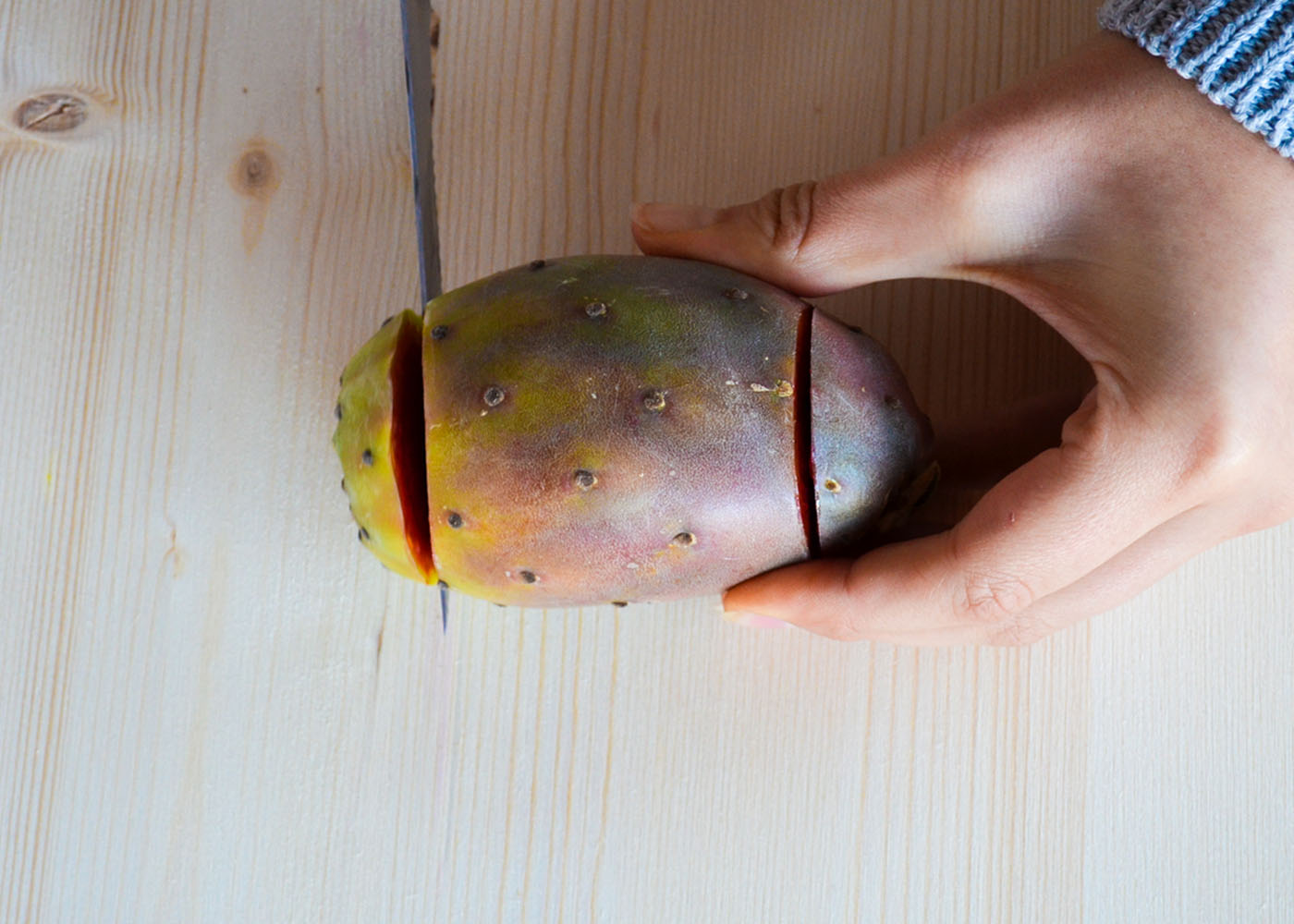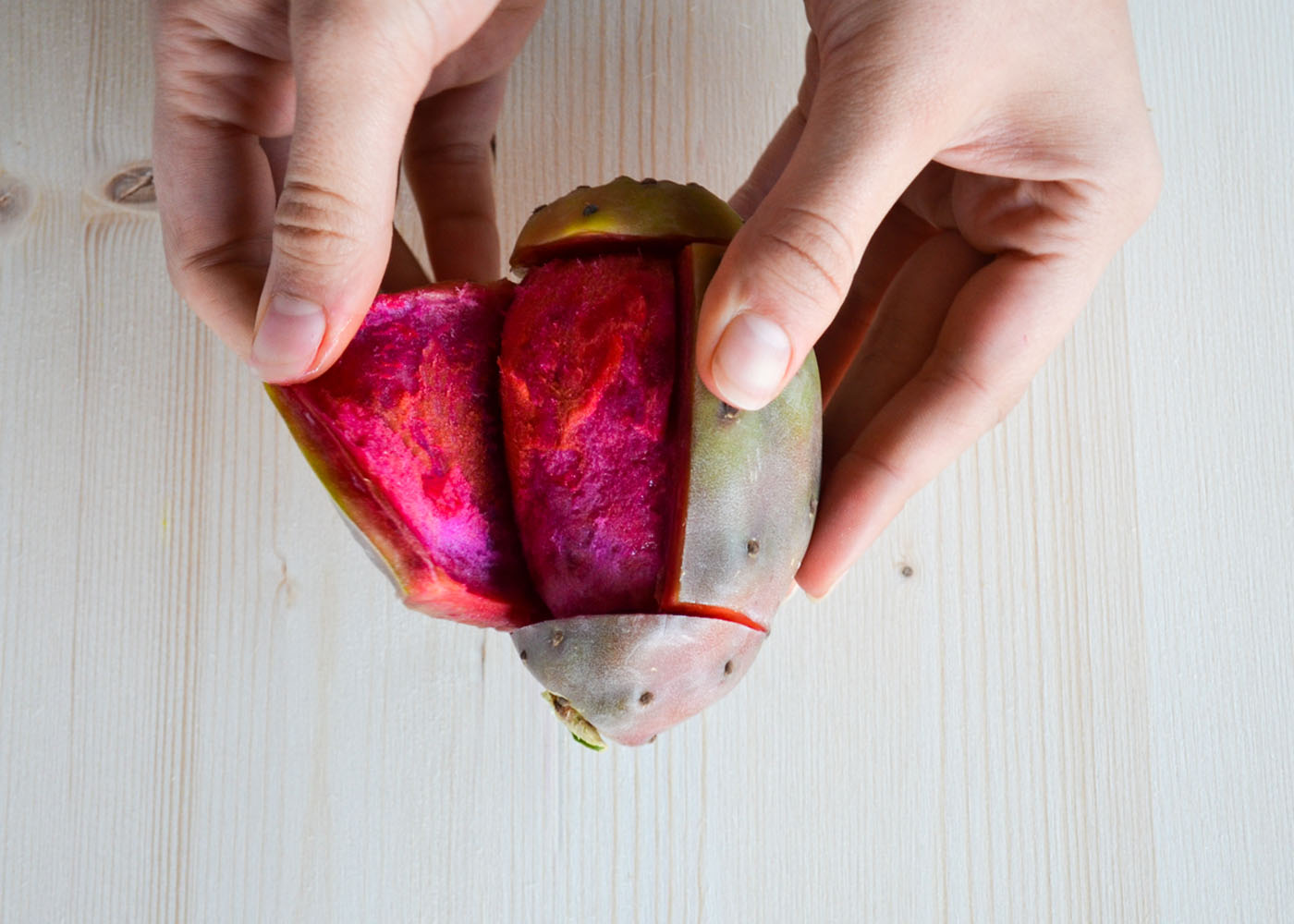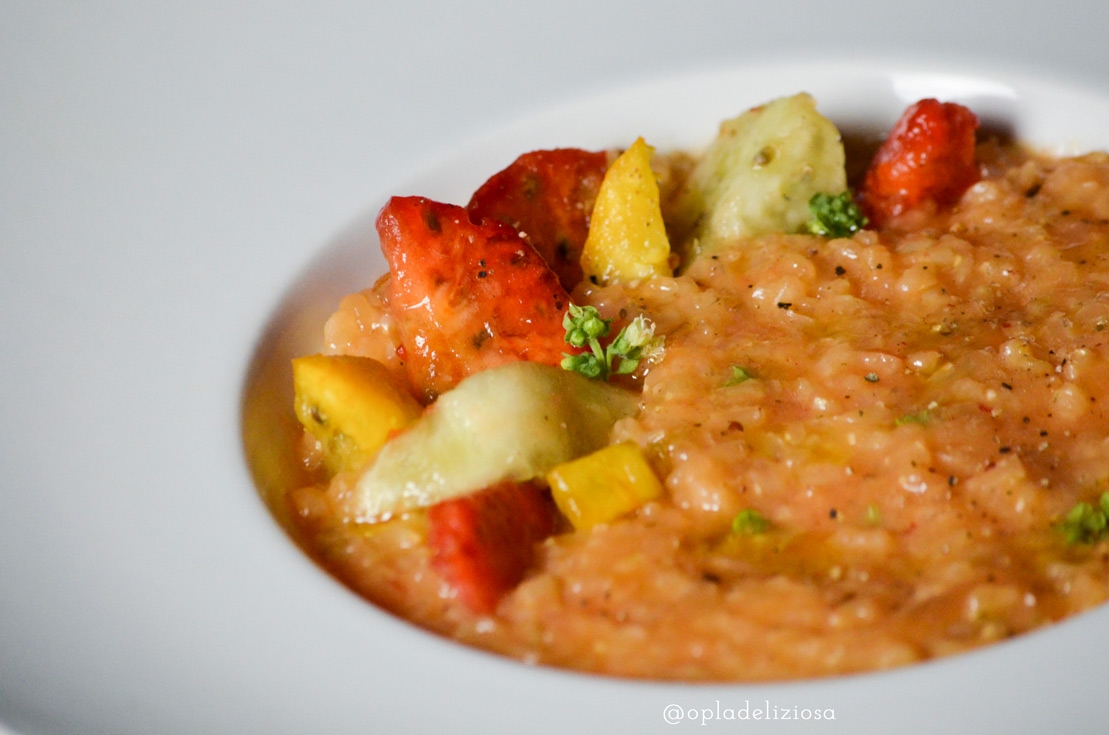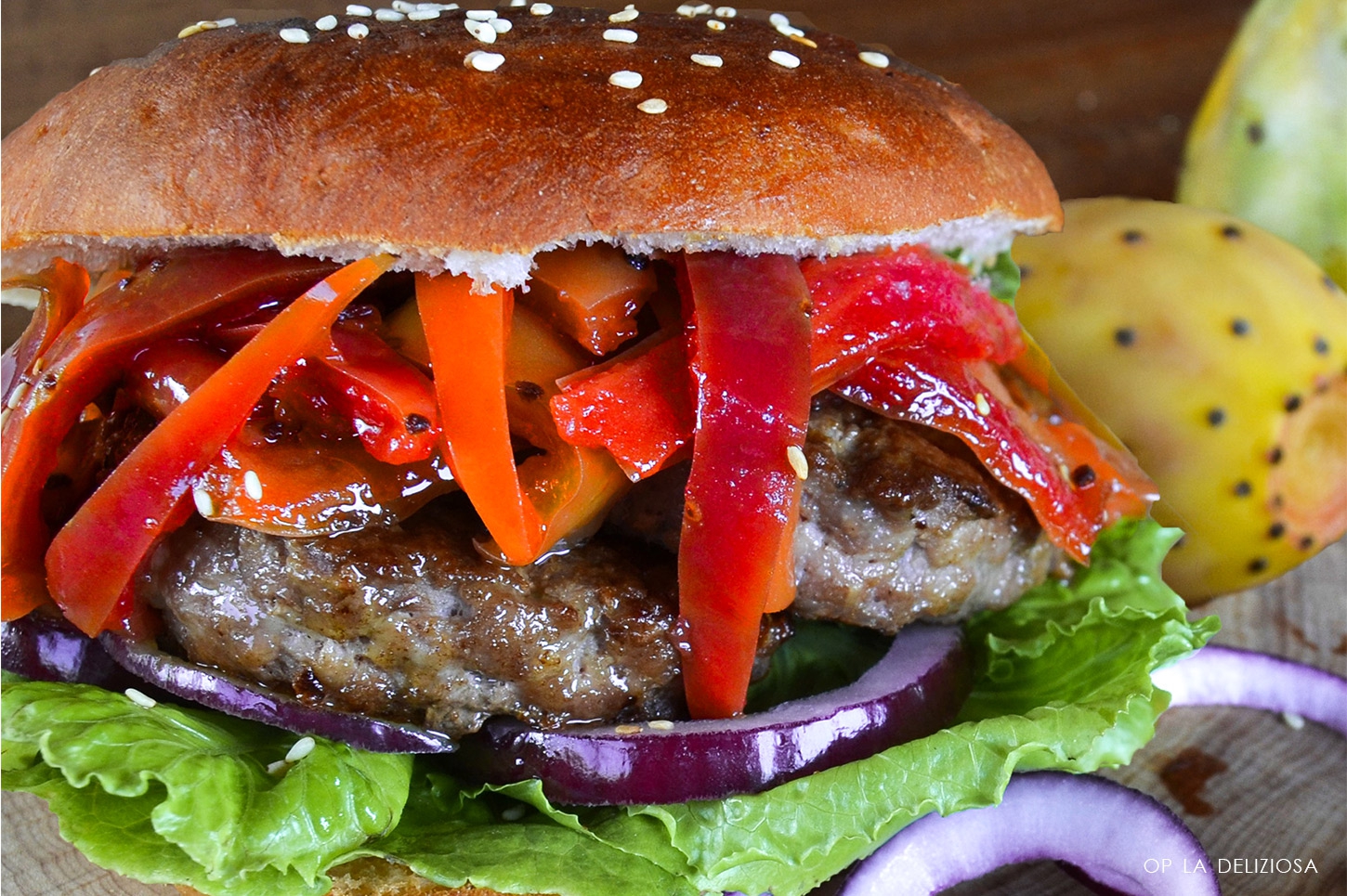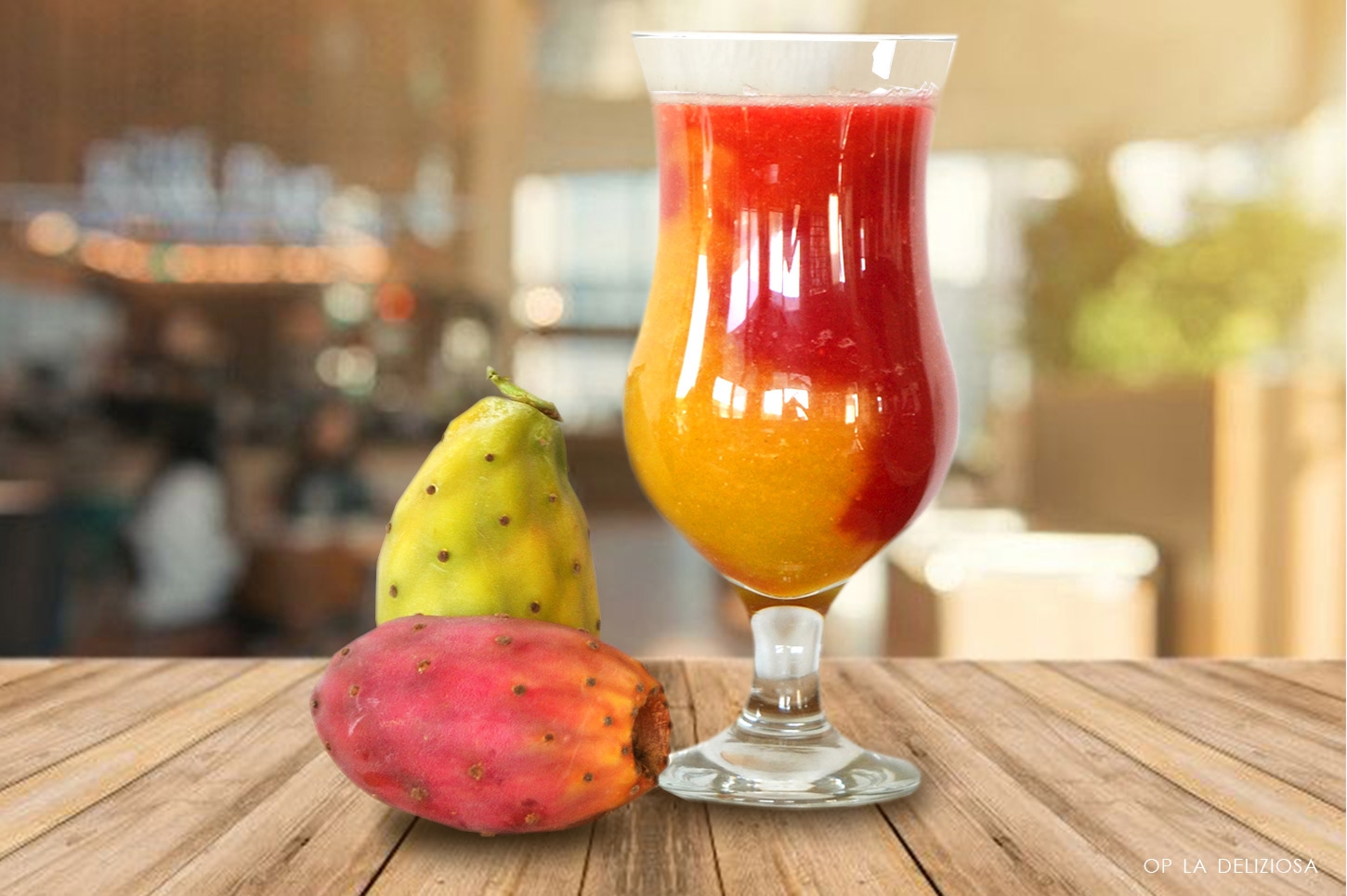From the foothills of volcano Etna, a special fruit for you:
PDO PRICKLY PEARS FROM ETNA

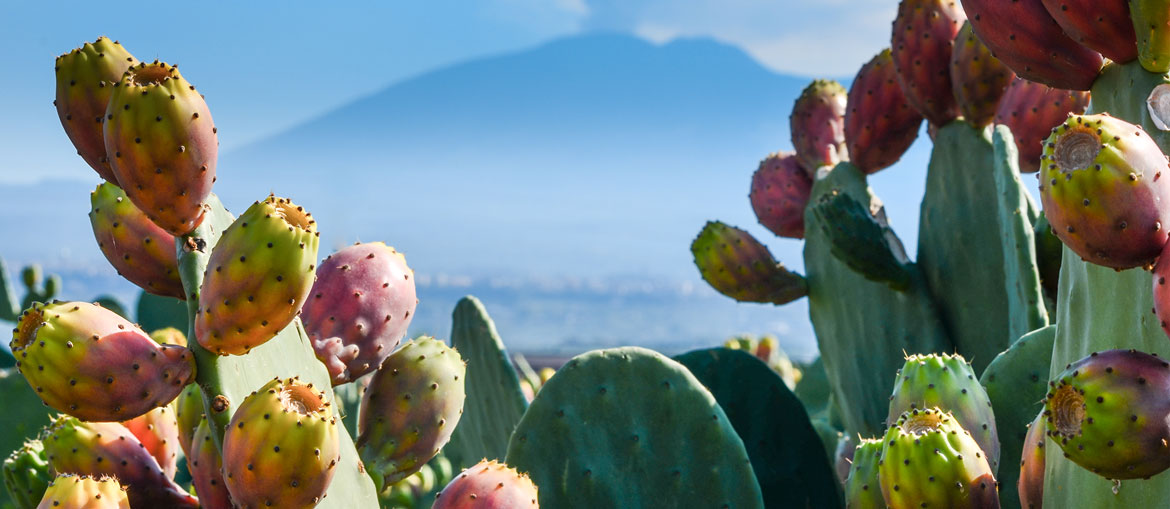
The Product
Prickly pear is the summer fruit you was waiting for: fresh, juicy, with a fulfilling consistency, a sweet taste and a lot of health benefits for your body.
The plant of the prickly pear, the opuntia ficus indica, looks as an entanglement of cladodes, commonly known as pads or stems, and shares the typical features of so-called desert plants. In 1943, Christopher Columbus brought this plant from centre America to Europe, where it found a favourable climate in the Mediterranean area. It is precisely because it is extremely adaptable to semi-arid climates and its powerful roots are strong enough to break up volcanic soil that the prickly pear has spread in the Mount Etna area, where it has become a top quality crop which, in 2003, was the first to be awarded Protected Designation of Origin status under the name of Etna Indian-fig prickly pear PDO.
Spines are the most characteristic feature of the Indian-fig. Those that cover the entire plant measure a couple of centimetres and are white and sharp. A second type called glochid, is found on the fruit itself and are only a few millimetres long; Once the fruits have been picked, they go through a machine that brushes the skin, after which they are ready to be consumed.
three colors for a unique flavour ....
The 3 Varieties

Yellow
Red
White
D
Il Fico d’India è proprio il frutto per l’estate che stavi aspettando: fresco, succoso, dalla consistenza appagante e goduriosa, un gusto zuccherino che conquista il palato un morso dopo l’altro, e molti di benefici per il tuo ognanismo.
La pianta di fico d’india, l’Opuntia ficus-indica, si presenta come un intreccio di talee -dette anche pale- sulle quali cresce il frutto, e presenta le caratteristiche tipiche delle cosiddette piante del deserto. Proprio grazie all'alta capacità di adattamento ai climi semi-aridi e alla potenza delle radici che riescono a dissodare i terreni vulcanici, il ficodindia, portato in Europa dal Centro America da Cristoforo Colombo, si è diffuso facilmente nel bacino mediterraneo, special modo nei territori dell’Etna in Sicilia, diventando una coltura di qualità pregiatissima, nonché la prima a ricevere il riconoscimento di Denominazione di Origine Protetta nel 2003 con il nome di Fico d’india dell’Etna D.O.P.
Comunemente distinguiamo 3 varietà principali in base al colore della polpa:
La Gialla, o Sulfarina, è la varietà più diffusa, caratterizzata da frutti che presentano una buccia gialla con screziature verdi, ed una polpa morbida di un intenso color giallo-arancio, dolce e succulenta.La Rossa, o Sanguigna, è molto popolare e apprezzata, soprattutto per suo intenso color rubino che cattura l’occhio ancor prima che il palato. La sua polpa friabile, zuccherina e succosa contiene anche meno semi rispetto alle altre varietà.
La Bianca, o Muscaredda, è la varietà più pregiata. Il colore verde chiaro della sua buccia viene spesso percepito come indice di scarsa maturazione, ma non lo è affatto! Non lasciatevi ingannare dal colore meno sgargiante; all’interno troverete infatti un frutto chiaro dalla polpa croccante, fresca e dal sapore dolce e delicato.
Noi di OP La Deliziosa controlliamo l’intera produzione per garantirti il massimo della qualità e della sostenibilità: la coltivazione del fico d’India infatti, resta ancora oggi molto tradizionale, non utilizza prodotti chimici, e sfrutta la grande capacità di adattamento della pianta del ficodindia che riesce a crescere anche in terreni sabbiosi o poveri, con un basso consumo di acqua, prevenendo l’erosione eolica e idrica del terreno con le sue radici. Inoltre, l’unico trattamento effettuato sul frutto è la spazzolatura, fase che permette di rimuoverne tutte le spine semplicemente attraverso un sistema di spazzole rotanti.
Noi non aggiungiamo niente, togliamo solo le spine!
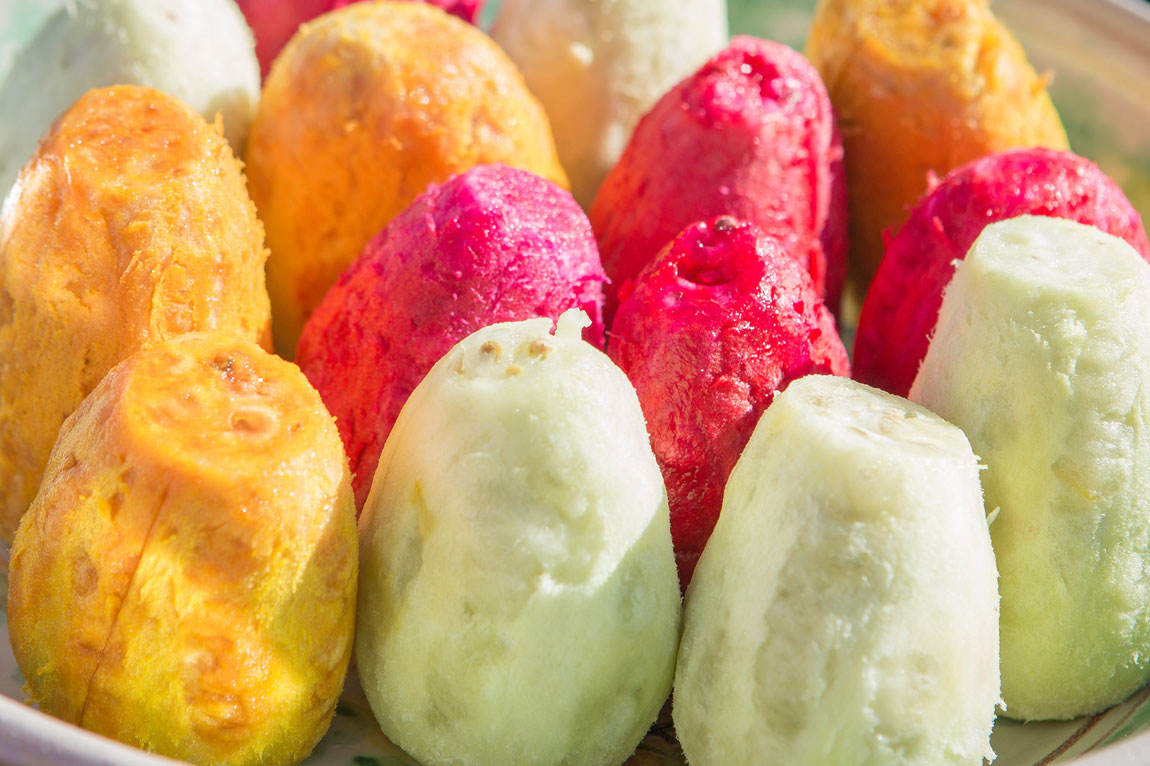
Properties
It was used in the traditional Aztec medicine for his countless therapeutic properties, especially for the treatment of inflammations. Today, medical science research has shown that its use in traditional medicine is largely substantiated by the exceptional content of nutrients found in its pads, flowers and especially in its juicy fruits.
Its high fibre content and its seeds, help the gastrointestinal transit and to increase the sense of satiety, that’s why this fruit is considered a good allied to keep your weight; a moderate calorie content due the fair amount of fructose found in the flesh, they are a perfect snack to endure the late summer heat. They have a water content of over 80%, and are rich in minerals (iron, potassium, magnesium, calcium ad phosphorus) and vitamins (A, B group and C). Its high mineral content makes this fruit an excellent adjuvant treatment for osteoporosis.
Furthermore, do not forget that any part of this fruit will be wasted! His skin and also the pads have anti-inflammatory properties thanks to the mucilage they contain.
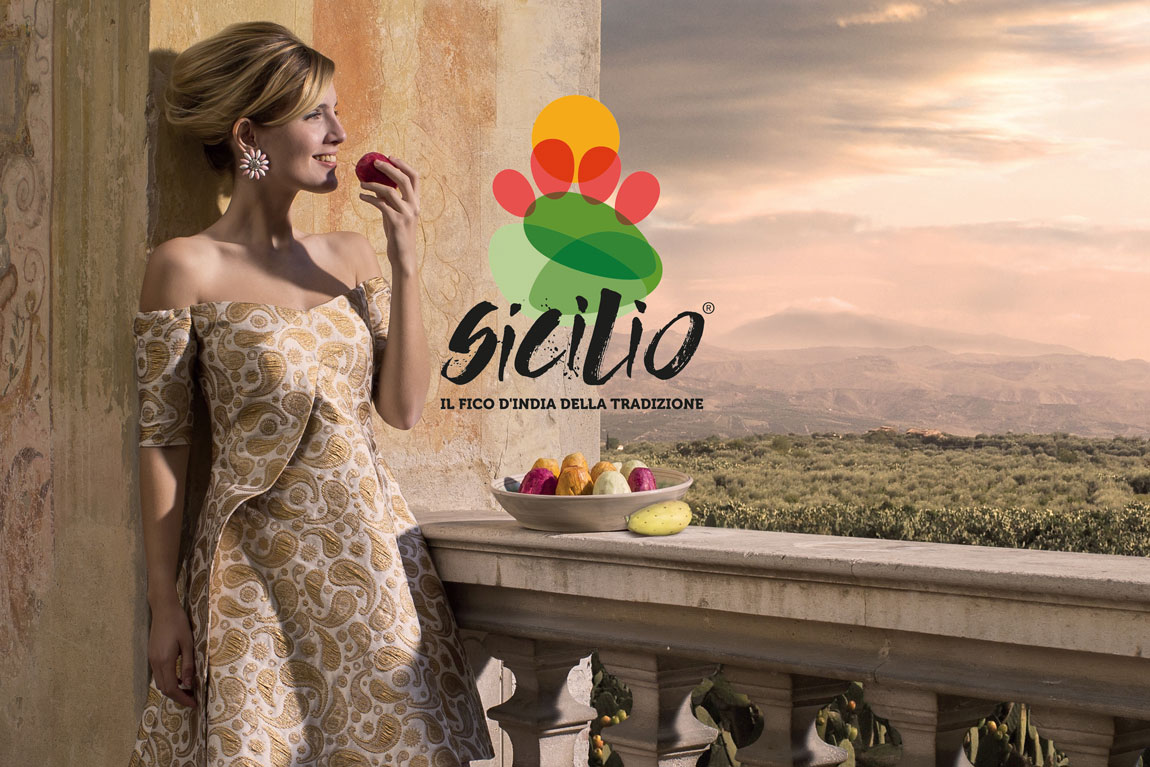
Our brand: SICILIO

Benefici
LIl Ficodndia non è solo buono e godurioso, è anche ricchissimo di numerose proprietà benefiche.Veniva usato per preparazioni mediche già nella medicina tradizionale Azteca, prima che in quella siciliana, per le sue innumerevoli proprietà terapeutiche e in particolare quelle antinfiammatorie. Oggi la scienza ha dimostrato il fondamento di questi tradizionali utilizzi, che risiedono proprio nell’eccezionale contenuto di nutrienti presenti al suo interno.
L’alto contenuto di fibre e la presenza dei semi aiutano a favorire il transito intestinale e ad aumentare il senso di sazietà, rendendo il Ficodndia un ottimo alleato per il mantenimento del peso-forma anche grazie alla modesta quantità di zuccheri contenuti; è inoltre composto per l’80% da acqua, ed è ricchissimo di vitamine A, gruppo B e C, e di minerali come ferro, potassio, magnesio, calcio e fosforo. È dunque consigliato per prevenire l’osteoporosi, e la sua buccia, come anche la talea, sono un toccasana per bruciori intestinali grazie alle elevate proprietà antiinfiammatorie contenute nella mucillagine al loro interno.

the brand: SICILIO
LBorn from the earth, air and fire of Sicily, the Indian-figprickly pear PDO is a product of absolute excellence in the Italian fruit and vegetable growing sector; it is unique in the world and OP La Deliziosa, a leading Indian-fig and citrus fruit producer in the Catania area, has decided to promote it with a label that highlights the wholesomeness and superior quality of this fruit. Sicilio thus becomes the name of the best Indian-fig prickly pear grown on the foothills of Mount Etna, where the quality of the soil provides its crops with extraordinary organoleptic and nutritional properties.Taste it in 4 simple steps
How to peel prickly pears

When can I eat prickly pears?
Schedule of production

There are two harvesting periods:
The first begins in August, with the harvesting of the so called Agostana variety, also known as Primofiore (which means first flower) as it grows after the first flowering of the plant; in October begins the harvesting of the late fruits called Scozzolati or Bastardoni, which grow after a process called scozzolatura.
You can enjoy the sweet taste of summer until the middle of November!
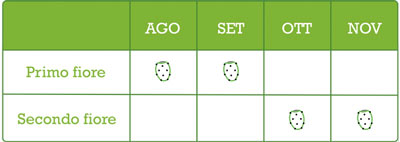
To taste pricky pears at their best
Recipes

With their fresh and unique flavour, prickly pears are perfect to create original taste combinations and inventive dishes to surprise your guests. Here you can find easy, fast and super healty recipes.
What are you waiting for? Find your favourite!
